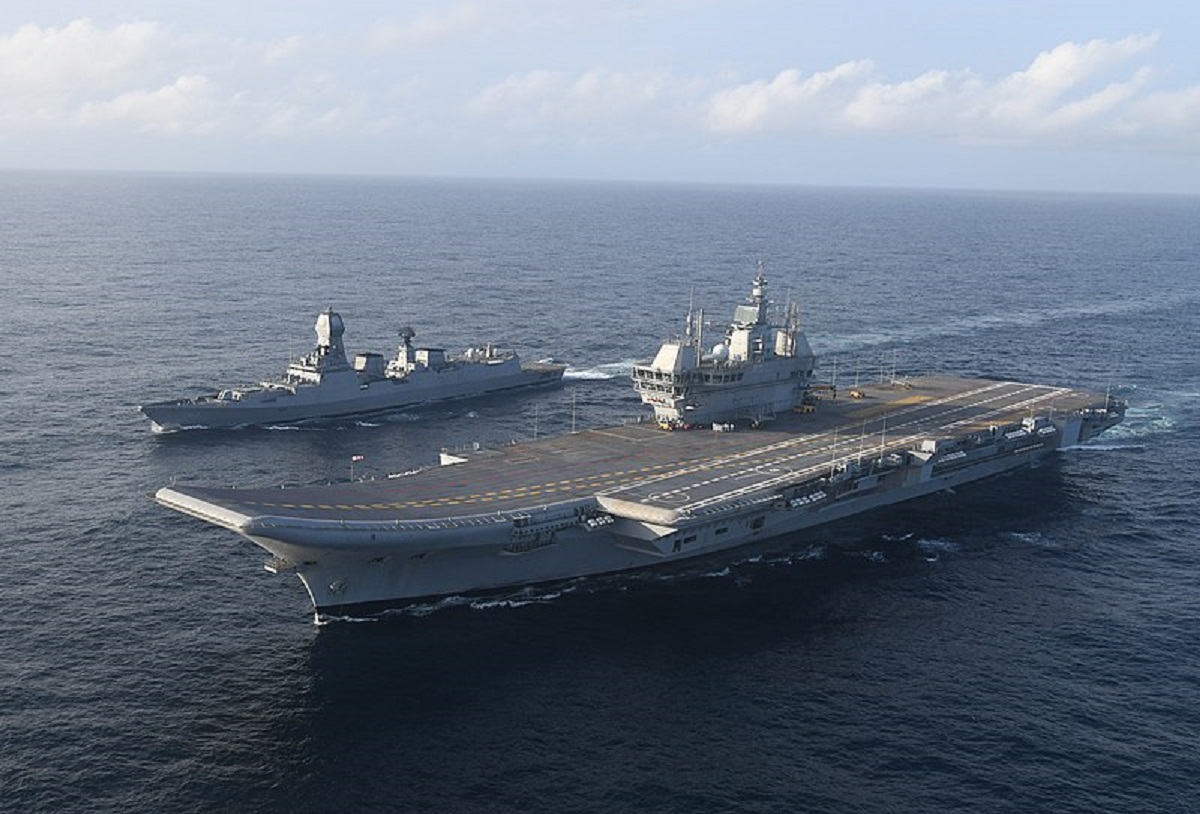It is now clear that as the United States of America and India embark on a relationship characterized by both as among the closest partnerships in the world, New Delhi will find itself engaged in geostrategic essays that did not feature high on its agenda until recently. While India’s concerns about the Indo-Pacific have found expression through its participation in the Quadrilateral Security Dialogue, its involvement in the muddied waters of the South China Sea is also now increasing. Clearly, Washington expects this from New Delhi; as much has been made clear by America’s top diplomat for East Asia, Daniel Kritenbrink. He told a Washington think-tank this week that he expects a greater US-India partnership over issues in the South China Sea, as a consequence of what is perceived as a “clear and upward” trend of Chinese coercion in an area which Beijing considers its bailiwick, to the extent of rejecting the findings of an international tribunal that ruled against it in a dispute with the Philippines. While India has participated in naval exercises in the area, this week it also decided to gift an active duty missile corvette, the INS Kirpan, to Vietnam. While India has gifted smaller boats to the Maldives and Mauritius, and a submarine to Myanmar, this is the first time it has gifted a warship to a country embroiled in a maritime dispute with China.
The Kirpan is fitted with medium- and close-range guns, chaff launchers and surface-to-surface missiles. Territorial disputes with Beijing in the South China Sea involve several countries, including Brunei, the Philippines, Indonesia, Malaysia, Taiwan and Vietnam. The nine-dash line, a set of line segments claimed by China, impacts these countries; but in addition, there are specific disputes relating to maritime boundaries, islands, reefs and shoals with several of them. In addition, China has disputes with Japan in the East Asia Sea. And, finally, there is the question of China’s claim over Taiwan, and its determination to reclaim the territory. India, of course, has no claims in the area, but has partnered with Vietnam in several joint military exercises and sold weapons to the Philippines.
Advertisement
The gift of a missile corvette is clearly aimed at aiding efforts to counter what have been termed “unsafe maneuvers” by Chinese vessels in Vietnam’s exclusive economic zone. Mr. Kritenbrink was quite firm in asserting that India would play a greater role in the South China Sea as part of its Quad commitments. The message thus seems to be that India will join hands with other nations in its efforts to counter China, and not restrict itself to border and other disputes that have dogged ties for years. India is aware that China is sensitive to the presence of other navies in the South China Sea, but that has not stopped it from gifting the corvette “to assist a like-minded partner” in “enhancing capacity and capability.” The stakes have been raised.
